HFA Audio Setup History 31 – Secondary Setup 2018-2021
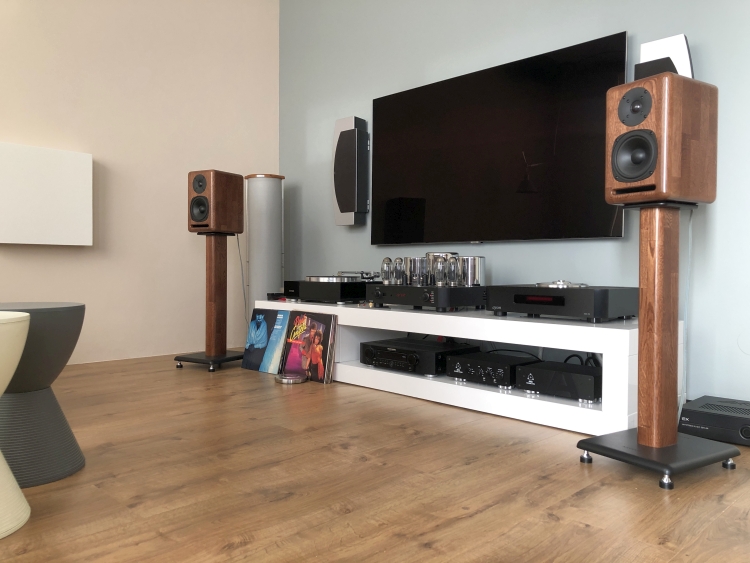
Cheap Cable Controversy
While the main components remained unchanged, I kept experimenting with interlinks and speaker cables and I am still searching for the ideal combinations to this day. I think that my continued experimenting is partially sparked by the ongoing evolution of the way that I perceive reproduced music. When I was younger, the most important aspects were delicate and non-edgy treble, a smooth overall sound with warm mids and full bass. The older I get, the more I long for utter neutrality, purity, and linearity, perhaps even to the point of a past me finding my current preferences unexciting. I’m still tempted by high resolution and a lack of grain but transient sharpness, purity, and lack of blur are now more important to me. Such is the development of the human psyche, I guess.
In any event, this has led to a bit of an unusual situation…
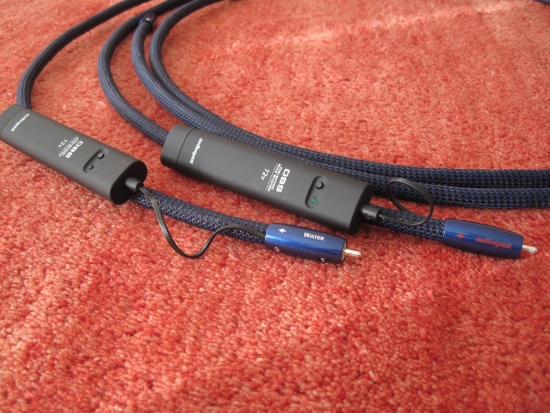
While the very robust and sonorous but also slightly dark and lower-res AudioQuest Water (see photo above) has served me very well in a multitude of purposes and it remains one of my favorite relatively affordable cables, lately, I am finding a longing for a more neutral delivery.
Having tried every cable in my inventory, to my surprise, it’s the simplest of cables that turns out to work best in the Ayon/Xavian system. I am referring to the well-known red and white connector “Shoestring Licorice” (Dropveters in Dutch).
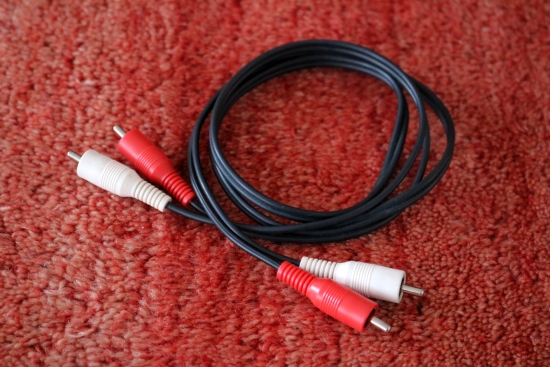
This type of cable used to be supplied for free along with audio components. That’s why, in the German Audio magazines, these were called “beipackstrippe” and that’s how I also often refer to them when among friends.
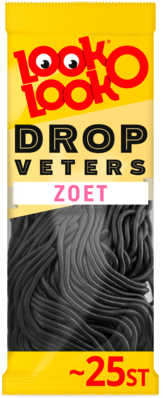
Sure, compared to most upscale cables, these “Dropveter” cables sound lean and even a little barebones but they are also very linear and even-handed, uncolored, very natural, free-flowing, and, most importantly, they never obstruct the musical message. Other cables routinely outperform them in the bass, fullness, treble refinement, or smoothness but so far usually by trading some aspects for others.
Moreover, I can’t seem to find a better cable to fit between the Thorens turntable and the phono preamp, be it the Sw1x, the Benz Lukaschek, or the AVID Pulsare II. Could it be that the simple Dropveter is actually ideal? Every time I tried more upscale cables with purer conductors, better shielding, special geometries, and high-spec dielectrics, etc, they bring certain improvements but without exception, they seem to somehow dilute, round, or sweeten the delicate MC signals.
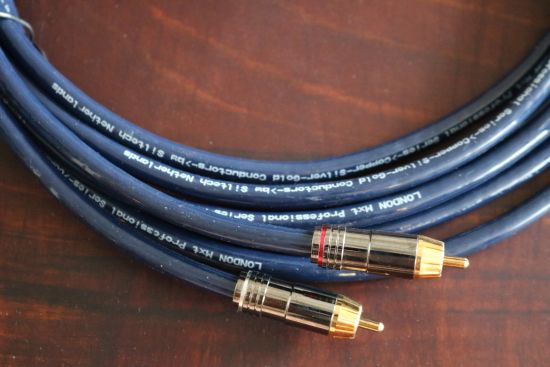
Having also tried the same “Dropveter” cables between the Ayon CD-10II CD player and the Ayon Spirit III amp I heard the same benefits, but here, the downside was a too obvious timbral graying and overall leanness. After having tried all of the cables once again with the CD player, I finally settled on a Siltech London MXT (see image above). While at 300 euros not supplied for free as are the Dropveters, the Siltech cable has a similar absence of editorialization while having great bass and sounding timbrally just right.
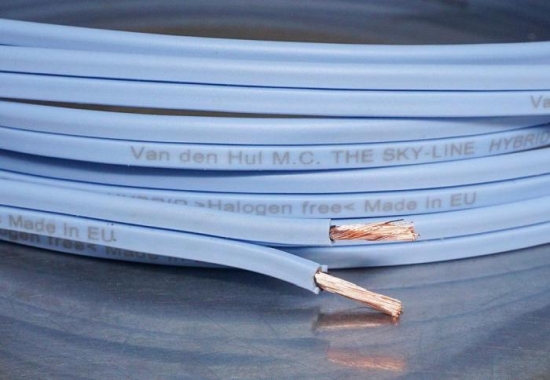
Likewise, I have had similar adventures with the speaker cables. Having started with the very cheap (6 euro per meter) Van den Hul Skyline Hybrid (see image above) (as an inheritance from the Apogee Duettas with which they mated very well) I have tried a handful of subjectively better, and much more expensive cables. Yes, the resolution routinely increased and depending on the cable, sometimes the bass gained fullness or articulation, often the smoothness increased and I’d often hear sharper focus and deeper imaging. The Driade Flow 405 speaker cables were a revelation in many respects, but ultimately, their sweet and euphonic delivery made me long for a more “straight-up” presentation even if that meant decreased fluidity and resolution. When I reconnected the Van den Hul I needed a moment to recalibrate to the simpler sound but it was also evident that the Van den Hul has the least of an editing effect.
It’s all relative
Now, I should make a couple of observations. First, I’m absolutely sure there are better cables than the ones I ended up with for now. I just have not found them yet. Neither the Dropveter nor the Van den Hul is in any way special but the cables do happen to work synergistically in my systems. Basically, their straight-up sonic presentation fits my components and the cable’s deficiencies (of which there are many) are apparently partially compensated for.
Second, every system is different. Ayon components typically have a robust sound with a full tonality and as such, they do not really require any extra fullness or coloring which goes a long way toward explaining the Dropveter’s success. Third, although analog sources seem to work especially synergistically with these standard cables, I may also be somewhat biased concerning the Thorens turntable, because no matter the model (TD160B, TD145MkII, TD160MkII, TD160 Super, TD125MkII), I have always used them with standard cables.
The one mantra that keeps popping up in my mind is that one should never reject something based on preconception. It’s always best to assess and reassess a situation every time the combination of components changes.
While all that is true for the secondary system, I should also note that the same basic cables are most certainly not the best solution in the main system. When using the Origin Live turntable and using the Dropveters between the CH Precision P1 phono preamp and the Ayon Stealth preamp, I still have to admit that these stupidly simple cables do an admirable job of not editorializing the musical message as it is engraved in the vinyl, but I definitely also hear its shortcomings all too clearly. Likewise, the Van den Hul absolutely does not come close to the Jorma Trinity (imaged below).
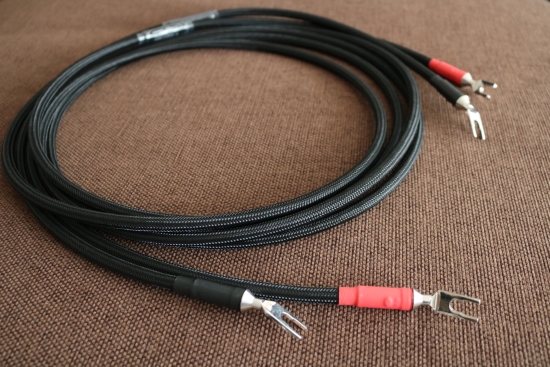
For the main system, between the phono stage and preamp, I have ended up with the Siltech Paris MXT for the same reasons as mentioned for the London MXT in the secondary system. Yes, the Origin Live Silver Hybrid cables are better in nearly every way. They are much airier and transparent and significantly more refined but they are also a little too polished and while they are articulate, over time, I found them to not quite have enough attack or propulsion in the bass. I should mention that the Silver Hybrid DIN tonearm cable works exceedingly well and is still in use. The AudioQuest Water is more or less the inverse, having great bass, timbre, and robustness but lacking in air and openness. FoilFlex comes close to being ideal but is ultimately a little too lean, Vermouth cables are immensely seductive but most models are also a little too sweet for my current preferences, etcetera, etcetera. The Siltech may not excel in any single area but it does provide the most balanced sound so far. And for me, that’s currently what I am after. I do intend to keep investigating.
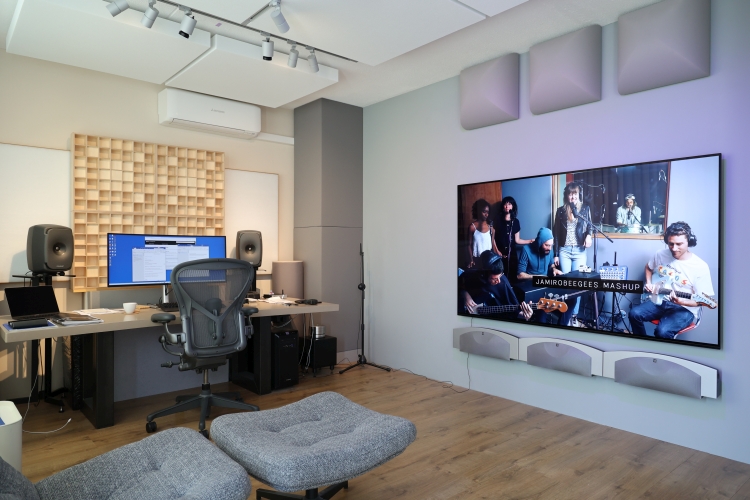
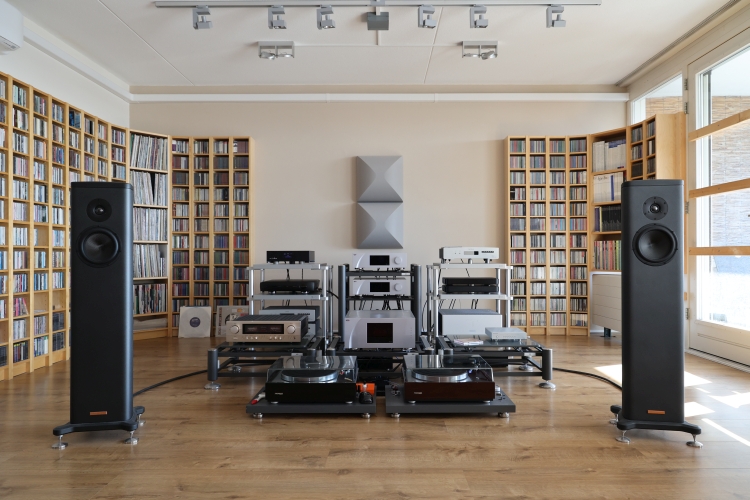
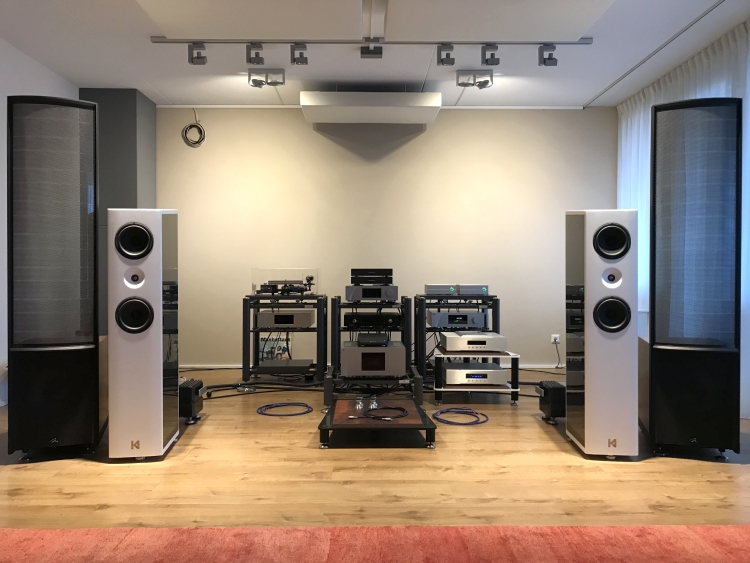
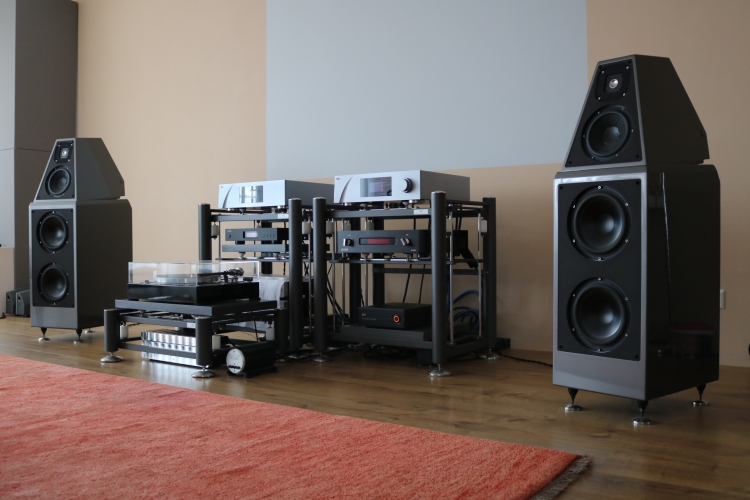
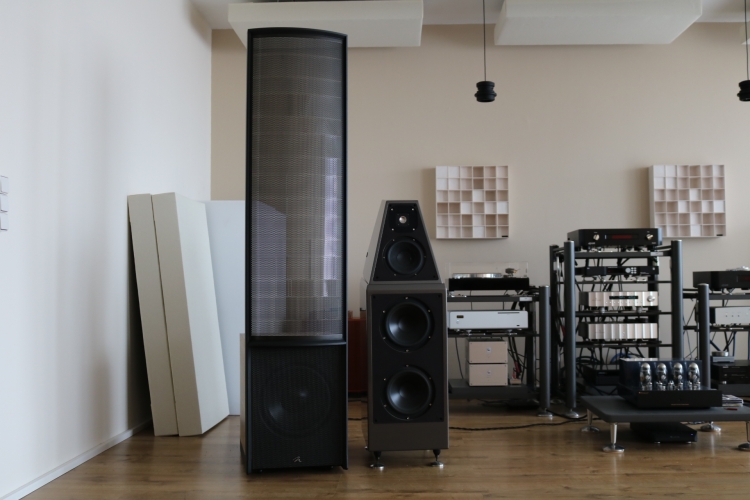
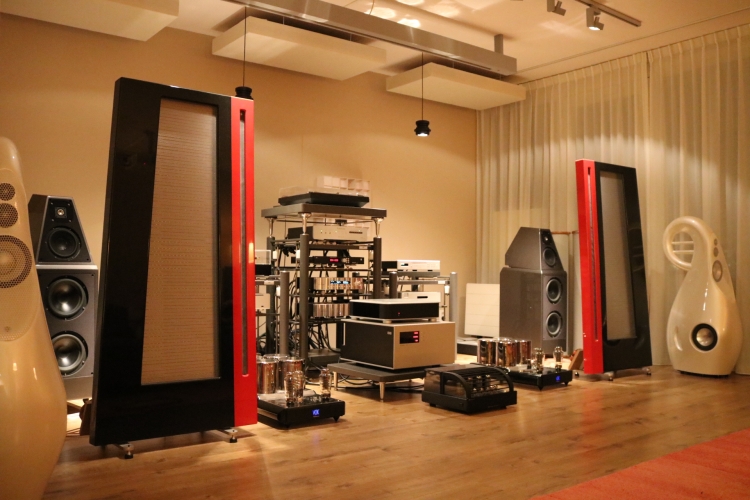
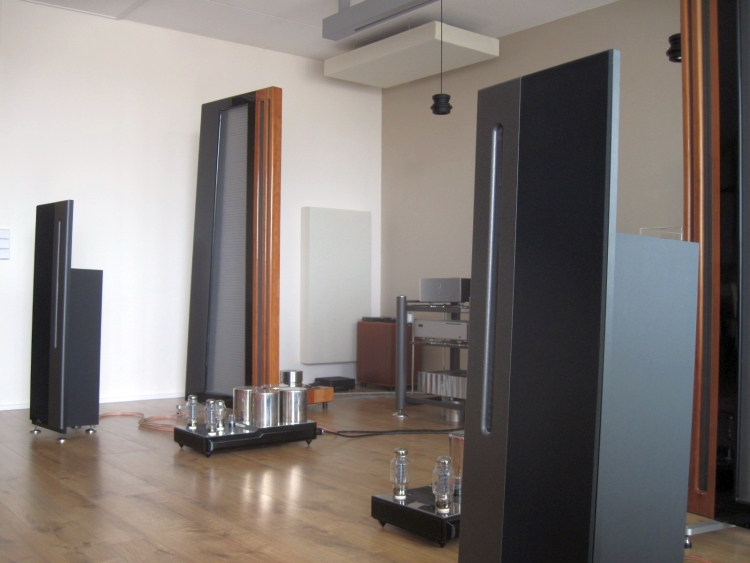
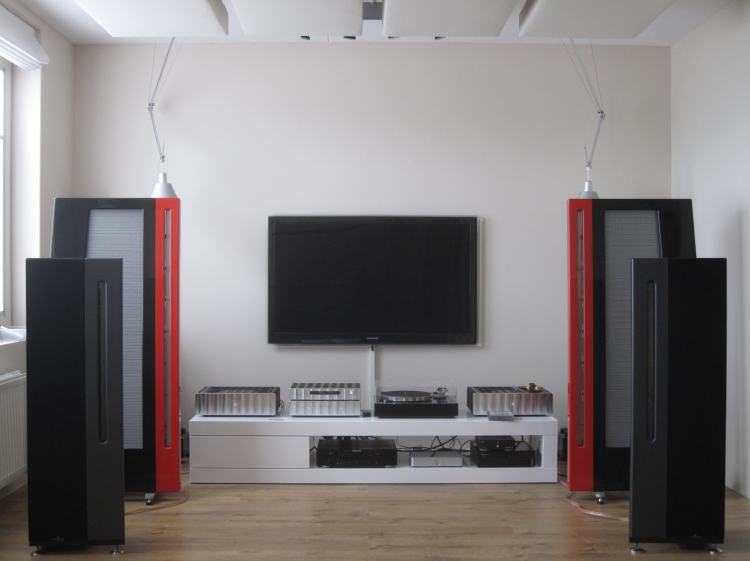
Your setup history is the single greatest audiophile read ever, and I’ve read a lot online and in the magazines. I think it especially resonated with me because it so eloquently captures the hardware side of our hobby and made me reminisce of some of the past equipment I’ve owned including B&W Nautilus, Magnepan, REL, Meridian and others.
I’m sure it’s only because of lack of time but someday I really hope to read the subsequent entries the bridge from 2018 to the current snapshot. Much less important, but I’d also love to read a review/how you got to your Magico’s as a reference.
No need to respond and thanks so much for all your effort – it comes through admirably in all your writings!
Hi Ryan, thanks for your kind words! You guessed right:-) All my time is consumed with reviews but completing the HFA Audio History remains on the list. As soon as there is time, I will add another chapter. Here’s to hoping I will someday catch up with the current state!
Hi Ryan, I’m happy to let you know that I have just added a new chapter to the HFA Audio Setup History. And not only that, another chapter is in the works, which will bring us up to date with the current situation.